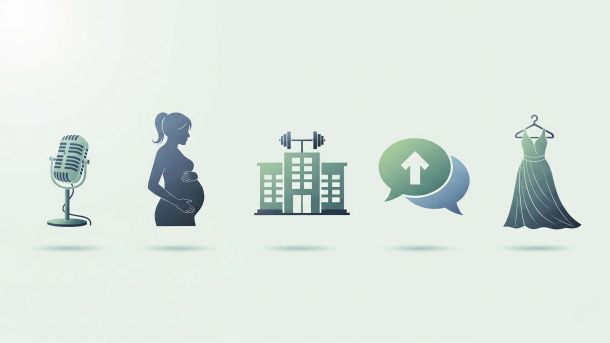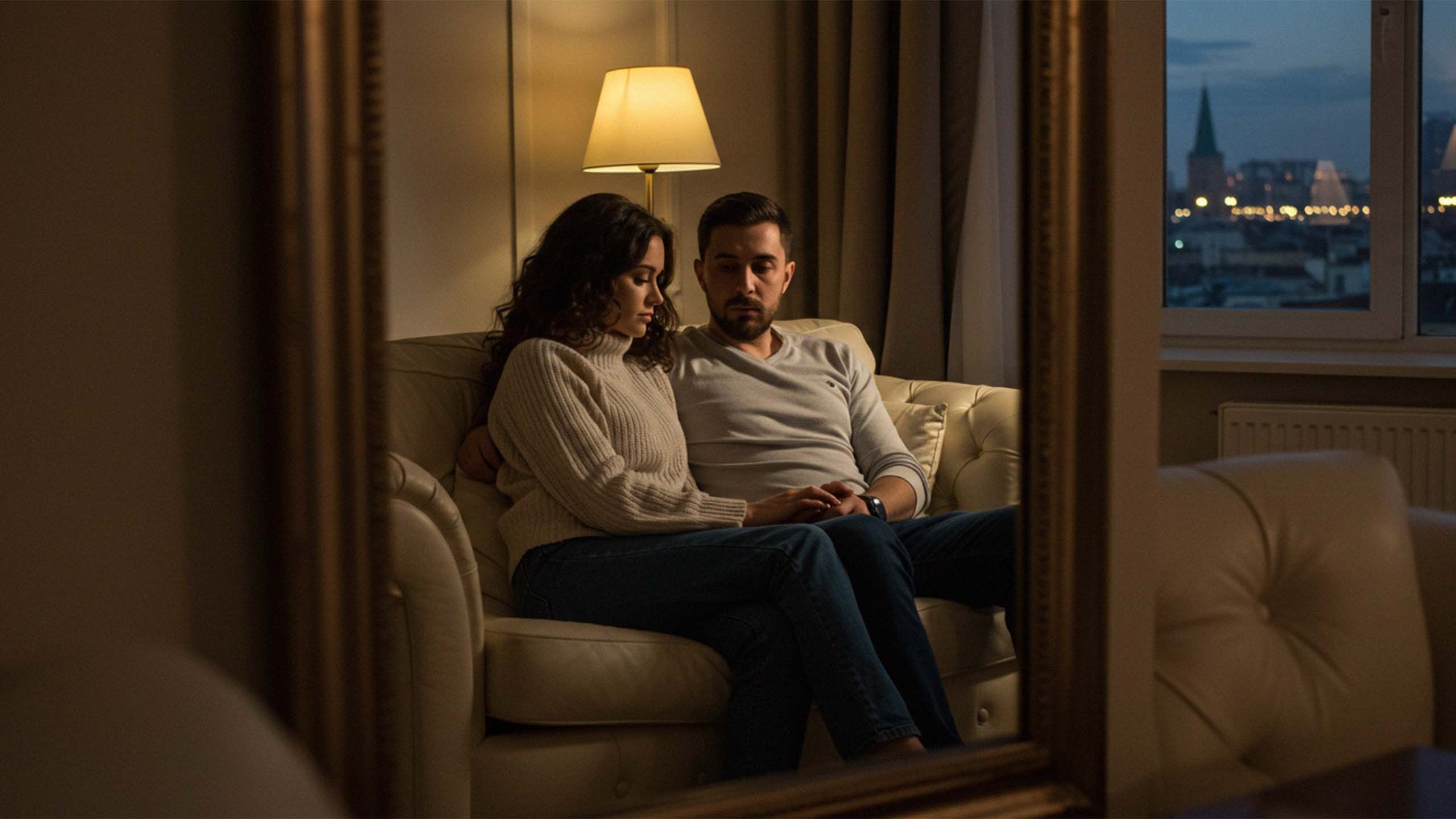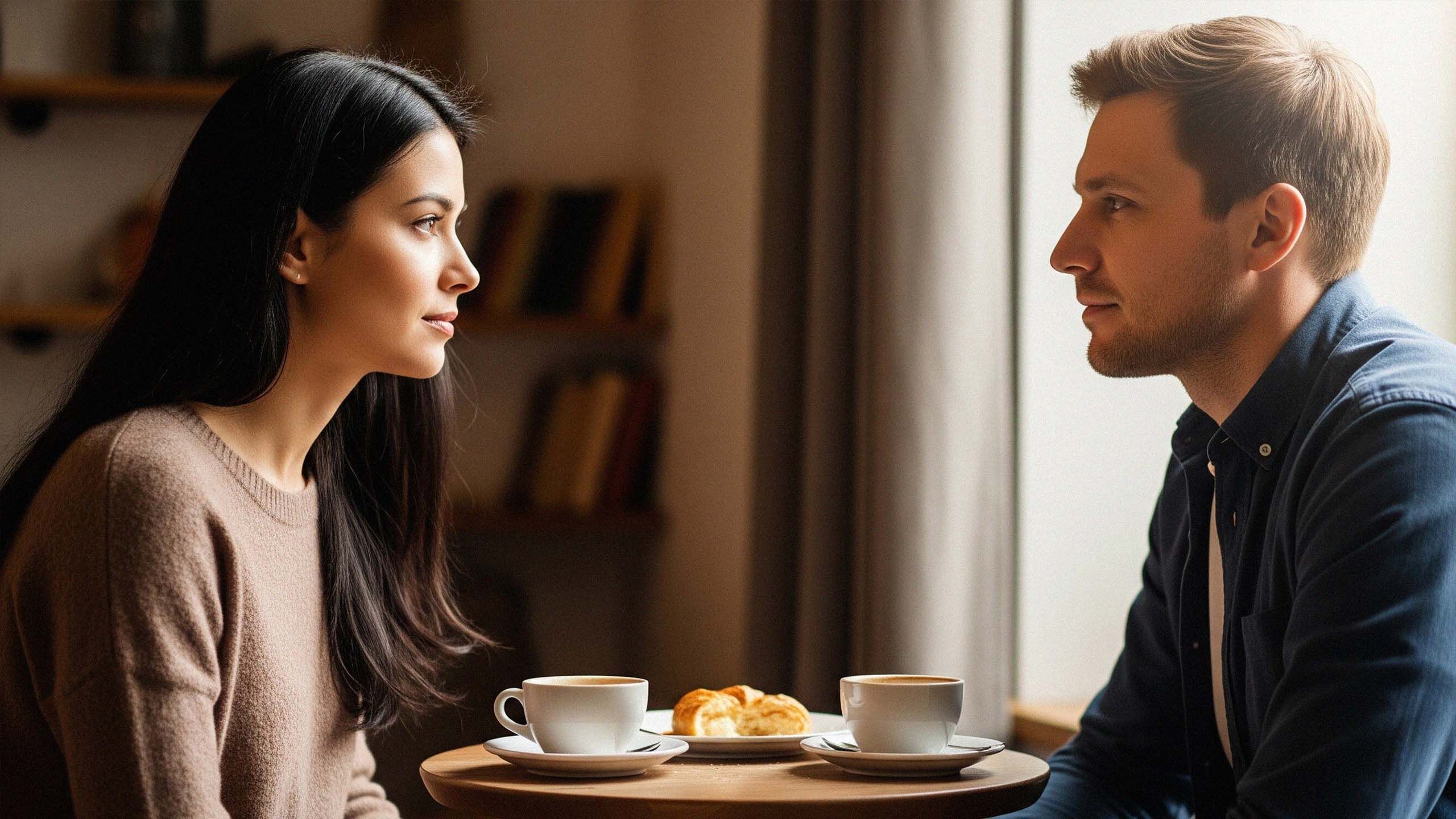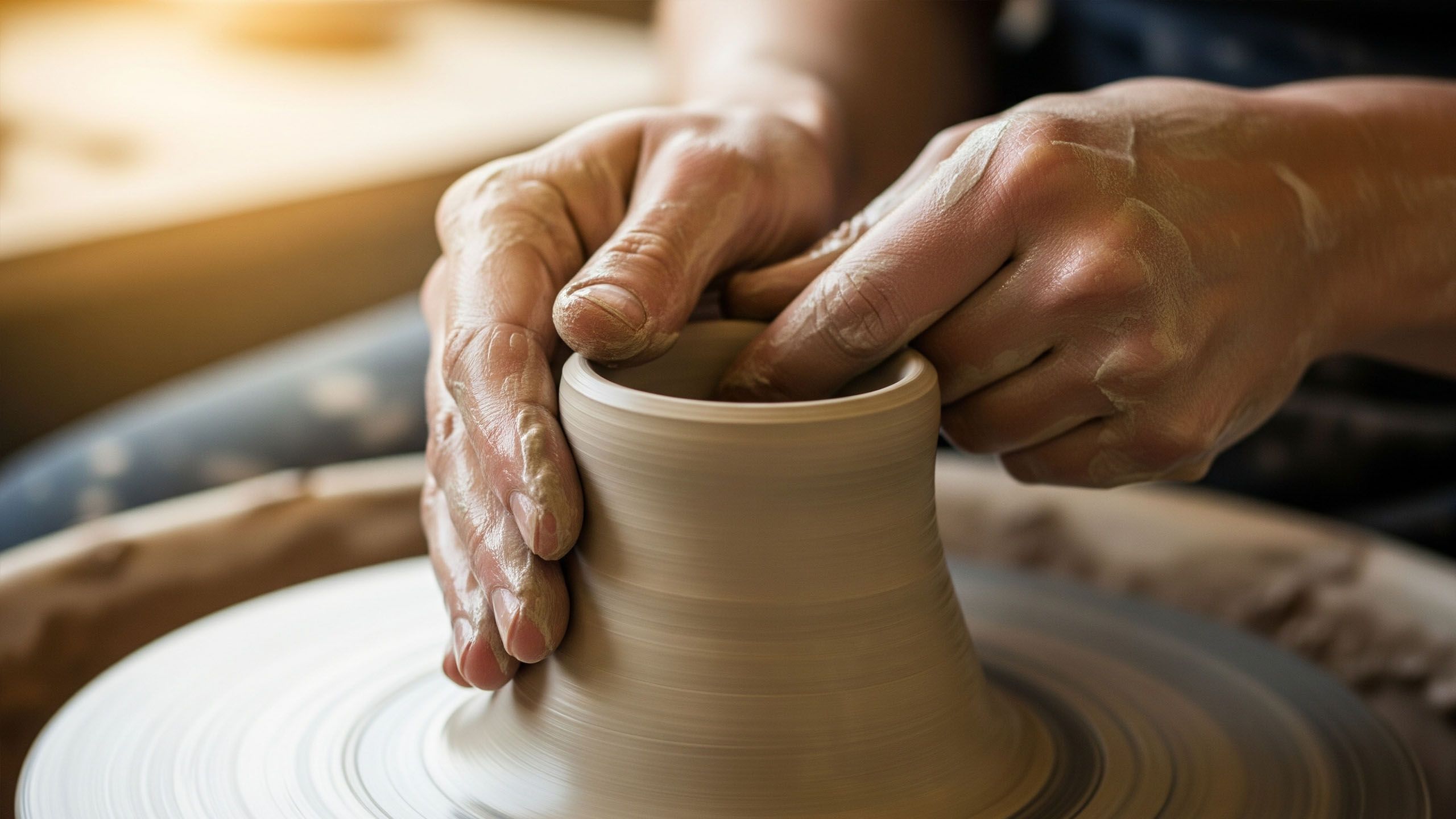
Personal Story: Growing Up with Cultural Beauty Standards
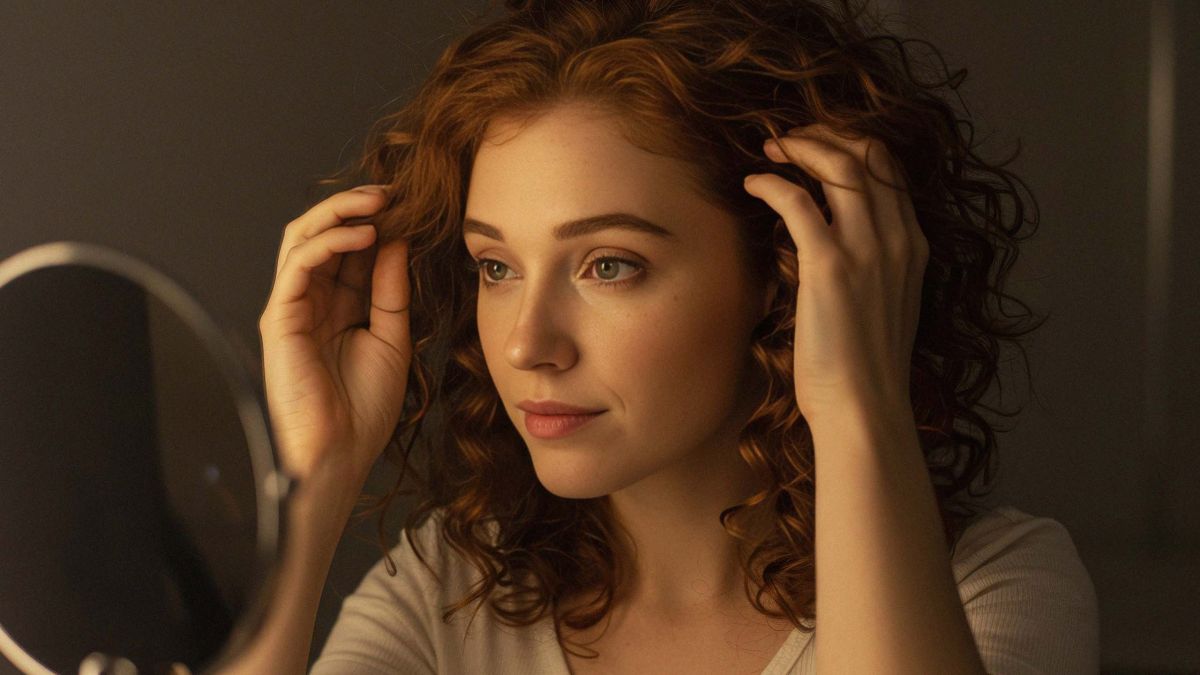
I’m Sofia, and I remember the first time I became aware that my appearance mattered in ways I hadn’t considered before. I was around ten, sitting at the kitchen table, watching my mother carefully apply makeup before heading out to a social gathering. The conversation was casual, but the message was clear: how you look influences how the world sees you. At that moment, I didn’t fully understand it, but I felt it in a way that stayed with me for years.
Growing up in a household where cultural expectations for beauty were subtly woven into daily life, I found myself constantly measuring against standards that felt both intimate and imposed. My mother’s reflections on her own looks, the compliments she received from distant relatives, even the commercials we watched on television—all whispered the same lesson: beauty has rules, and there’s an ideal to chase.
For a young girl, this wasn’t just about vanity. It was about belonging. Compliments were currency; disapproval or comparison could sting like a quiet reprimand. I remember longing for the features I didn’t have and wishing I could somehow mold myself into someone more readily accepted. In school, friends mirrored these pressures. Hairstyles, clothing, skin tone, and body shape were constant topics of conversation. I watched boys and girls alike gravitate toward the “accepted” look, and slowly, I learned to internalize the value of fitting in visually.
It wasn’t just me, though. Across my neighborhood, women and men carried similar quiet anxieties. Women adjusting their hair in the hallway mirror, men discussing the gym and diet with a seriousness that felt oddly like a job. Cultural standards of beauty shape interactions, decisions, and self-esteem in ways that are both visible and invisible. I noticed that the standards were not always consistent, sometimes contradictory, and often arbitrary—but their effect was persistent.
As I grew older, I began to observe patterns rather than just rules. Some standards were inherited from family traditions, others from media portrayals, and yet others from peer expectations. What struck me most was how often women were rewarded for alignment with these ideals, even in subtle ways, while deviation was met with gentle but noticeable disapproval. It wasn’t malicious—it was normal, almost instinctive—but its impact lingered.
Learning to navigate these cultural markers became part of my daily life. I experimented with style, makeup, and hair until I found a balance between self-expression and acceptance. I noticed that confidence often had as much to do with ease in movement and comfort in conversation as it did with looks. Men, too, navigated these standards, though differently: athleticism, grooming, and dress were often prioritized over facial features, and the pressure manifested in the ways they carried themselves rather than in constant visual adjustment.
“Learning to navigate these cultural markers became part of my daily life.”
– Sofia
Looking back now, I recognize that growing up under these cultural beauty standards shaped my understanding of identity and interaction. It influenced choices as subtle as wardrobe selection and as significant as career and social opportunities. More importantly, it shaped the empathy I feel toward others. Everyone carries their own experiences of expectation and judgment, and acknowledging that reality without judgment fosters a kind of patience with oneself and with others.
Writing this, I realize that my story isn’t unique in its details but in its reflection. Sharing it is less about pointing fingers at culture and more about recognizing the personal narratives that form quietly, often invisibly, around us. We live with these standards, negotiate with them, sometimes resist them—but always, they leave an imprint on the way we see ourselves and each other.
In the end, navigating beauty standards is less about changing them than understanding how they affect our lives, and how, even within their constraints, we can find spaces of comfort and self-respect. For me, that understanding didn’t come overnight, but it arrived gradually, with observation, reflection, and a willingness to see beyond the surface.
Examples of Beauty Standards Observed
| Life Stage | Observed Standard | Impact |
|---|---|---|
| Childhood | Hair, skin tone, clothing | Peer comparison, desire to fit in |
| Adolescence | Makeup, style, body shape | Self-esteem, social inclusion |
| Adulthood | Professional appearance, grooming | Confidence, career perception |



 English
English  Deutsch
Deutsch  Español
Español  Français
Français 